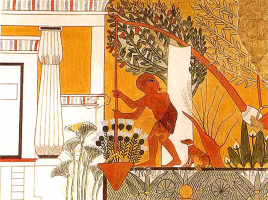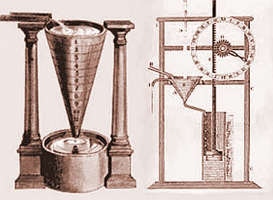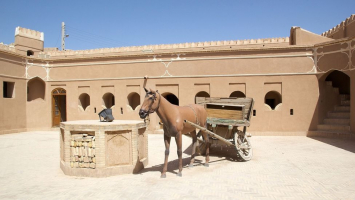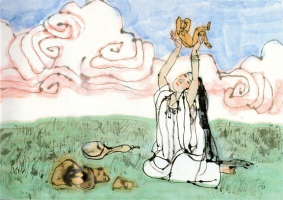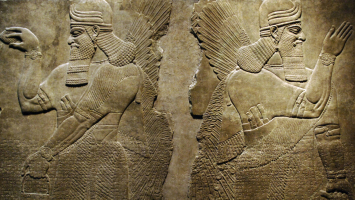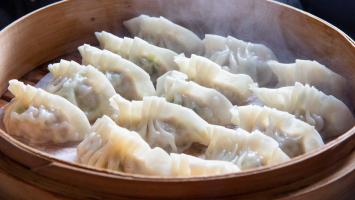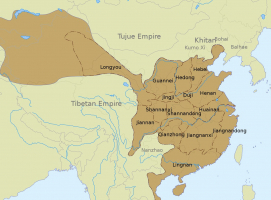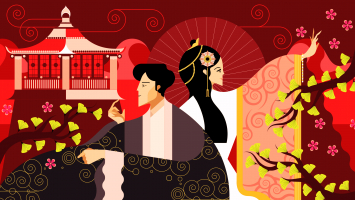Top 8 Ancient Chinese Inventions and Discoveries
The early Chinese were inventive and tenacious. They innovated and created some of the most significant and influential things in history in order to meet ... read more...their daily needs. Chinese inventions go all the way back to the Paleolithic era, and they were always ahead of their time when it came to creating useful items. The compass, gunpowder, paper, and printing are among their biggest contributions to humankind, but their list of accomplishments doesn't end there. Some of the Ancient Chinese Inventions and Discoveries are provided below.
-
People used a variety of materials, including wood, stone, and bone, before paper was invented to write on. Papyrus is a form of reed that was discovered by the Egyptians around 2200 BC. It could be used to write on by layering thin strips that had been soaked in water. Papyrus is where we get the word "paper."
Ts'ai Lun (or Chai Lun), a member of the imperial court, is credited with creating paper in ancient China around 105 AD during the reign of the Han emperor He Di. However, a recent archeological investigation reveals that the ancient Chinese military employed paper 200 years prior to its invention.
Ts'ai Lun made a sheet out of the mulberry tree's bark by pounding the fibers. Later, he learned that adding hemp and using fishnets to the pulp would improve the paper's quality. Paper quickly replaced other writing tools, and it didn't take long for China as a whole to adopt paper generally. Later, the Silk Road was used to transport paper to the rest of the globe.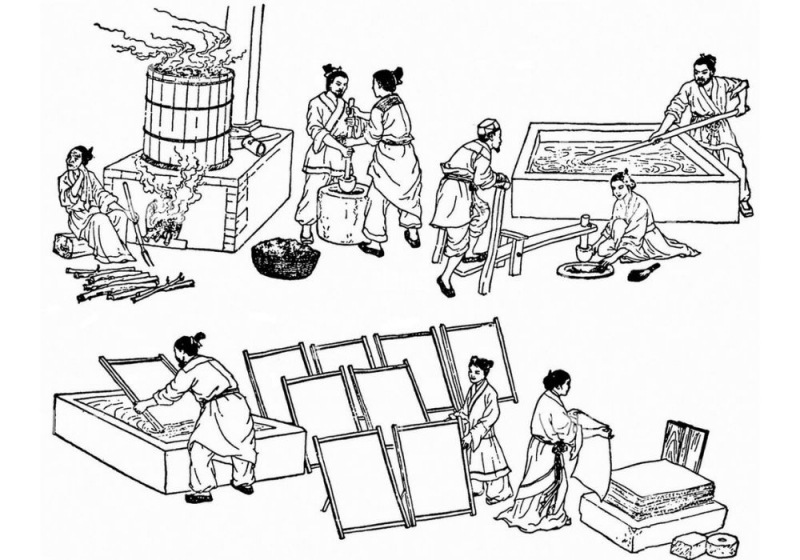
Photo: Alamy 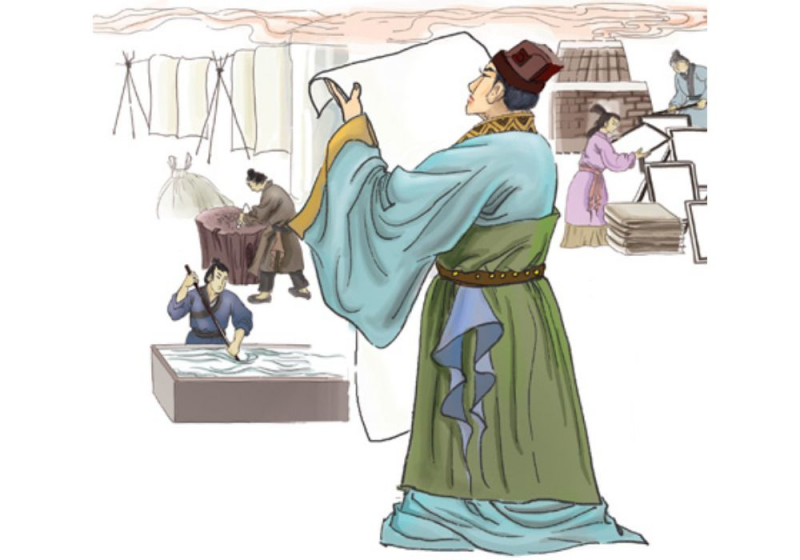
Photo: Shanghai Daily -
During the Neolithic era in the fourth millennium BC, silk was first created. In addition to being used for clothing, silk has long been a popular material for writing, fishing, and musical instruments. Emperors and members of high society were the primary users of silk, but it eventually became available to the general public. Silk evolved during the Han era (202 BC–220 AD) into more than just a simple commodity. It served as an award for a deserving Chinese person or government representative.
The limitations on who may use and wear silk in China gradually started to disappear, and an increasing number of people who could afford the pricey material could be seen donning silk garments and adorning their homes with silk decorations.
Eventually, silk production in China expanded to become a sizable industry. Numerous items, including fishing lines, bowstrings, and musical instruments, were made of silk. Documents were previously written on silk fabric. Now, Chinese paper makers have devised methods for producing more reasonably priced, yet still opulent, paper where the pulp is created by combining silk rags with other naturally occurring fibers.
Silk soon permeated so many facets of Chinese culture that it started to change the language. Even now, silk serves as the "key" for far over 200 of the 5,000 most often used characters in Mandarin writings. Silk became a significant sector of the Chinese economy. Around 300 AD, Japan and the Middle East began cultivating silk, and the Crusades introduced the idea of silk manufacture to Western Europe. Chinese silk's value and exports started to decline as a result, causing an economic boom. However, China currently controls the market for fine silk.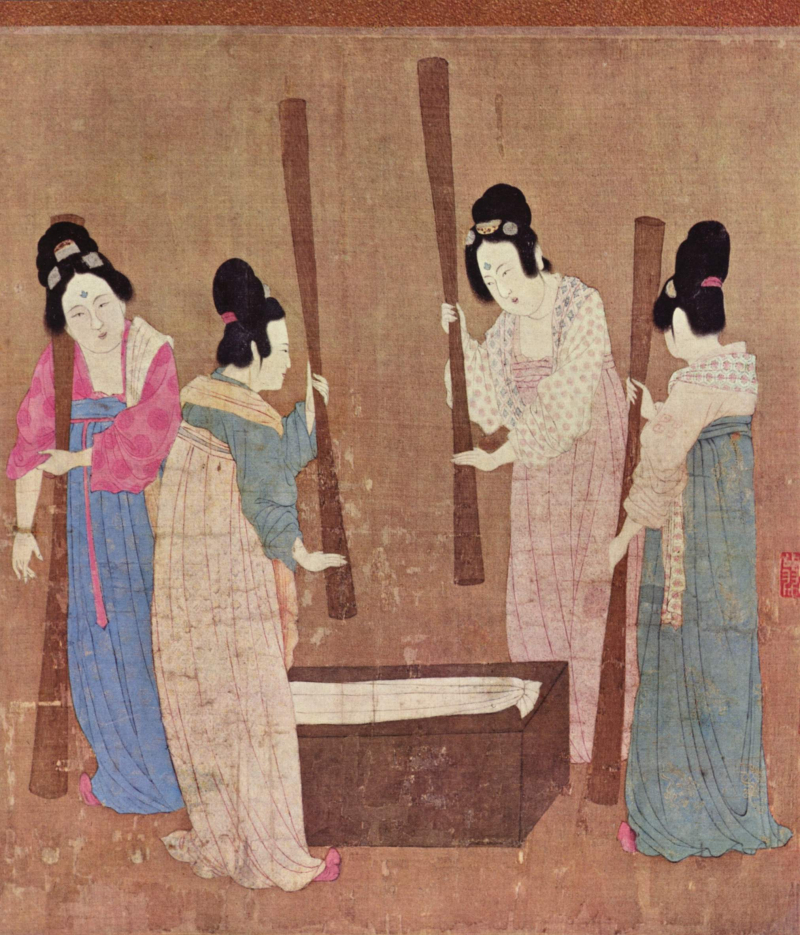
Photo: Wikipedia 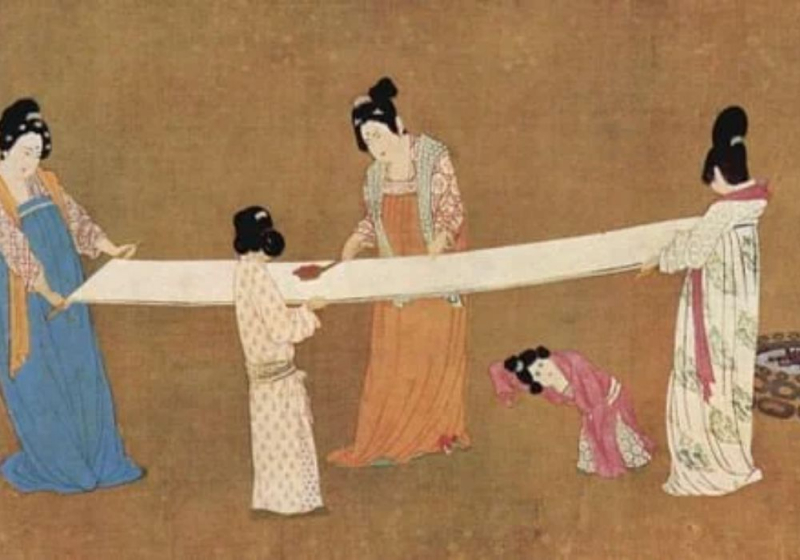
Photo: Andaman Inspirations -
The Chinese monarch Shennong discovered tea in prehistoric China in 2737 BC. Shennong preferred hot water to cold. He and his army paused to rest one day while on a march, and his servant had some boiling water ready for him. When a brown leaf dropped into the water, the color of the water changed. The monarch accepted it from the servant and found it to be reviving.
Tea was utilized as medicine during the Han dynasty and as a social beverage beginning in the Tang period (618–907 AD). Ancient Chinese tea preparation differed from modern Chinese tea preparation. Tea leaves were pounded into a cake after processing.
In a stone mortar, the dried teacake known as brick tea was ground. The teacake powder was afterwards cooked in a kettle or mixed with hot water. Then a hot beverage was provided. During the Tang dynasty, white tea (compressed tea) was created. It was picked in the early spring when the tea leaves were still silver needles.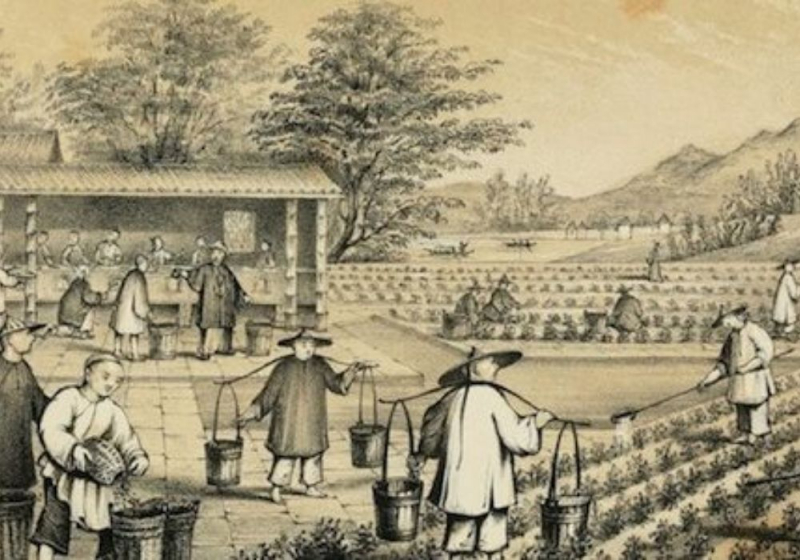
Photo: Tea Vue 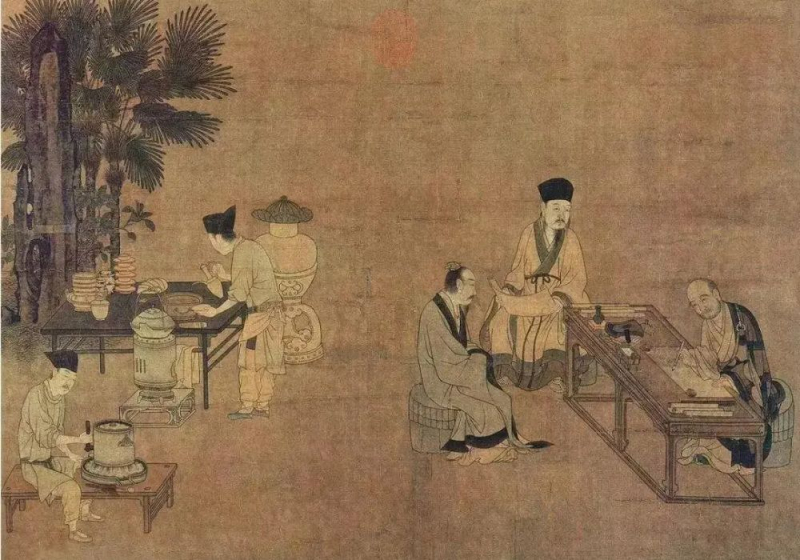
Photo: Hello Tea Cup -
Chinese people considered south to be their cardinal direction, and they used a lodestone to make the first compass that pointed in that direction. The south pointer was the name of this. A magnetite mineral known as a lodestone aligns with the magnetic field of the earth.
A compass is a tool for navigation that provides directions. The Chinese developed the compass between the second century BC and the first century AD. It was initially used for architectural arrangement, or Feng Shui. By the year 1000 AD, Chinese ships were frequently equipped with navigational compasses, allowing them to navigate. It's possible that Arab traders traveling to China heard about the technology and introduced it to the West.
The earliest Chinese scientists realized that a hung lodestone could freely rotate and point in the direction of the magnetic poles. It was primarily utilized for geomancy and fate telling during the Han era. The Chinese discovered that the lodestone, which was largely employed as a divination tool in the 11th century under the Song dynasty, could also be used to suggest a direction for travels.
According to Joseph Needham's book Shorter Science and Civilization in China, Volume 3, the Chinese started using compasses for navigating between the ninth and eleventh centuries.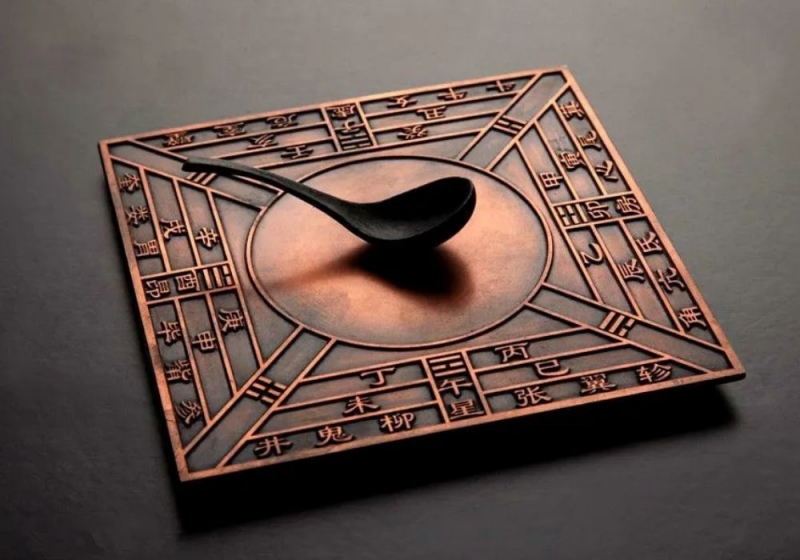
Photo: Cchatty 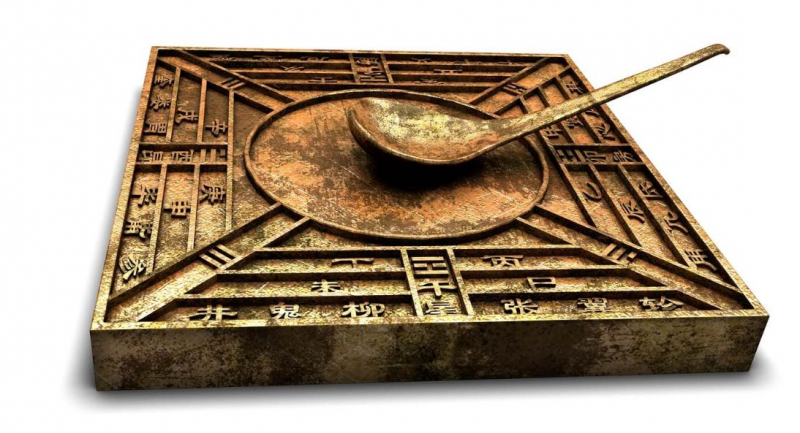
Photo: www.salumipedroni.com -
Chinese people utilized stone arrowheads for hunting and fishing during the Paleolithic era. Conflicts between various groups started to emerge during the Neolithic era, and the Chinese people began turning their fishing and farming instruments into lethal weapons. Bronze smelting was developed during the Shang and Zhou eras to produce various weaponry and agricultural equipment.
The development of iron - made by melting pig iron - in ancient China during the Zhou Dynasty (1050 BC - 256 BC) in the early fifth century BC has been substantiated by archaeological evidence. China saw a boom in steel smelting from the Shang Dynasty (1600 BC - 1046 BC) until the Eastern Zhou Dynasty (1050 BC - 256 BC). Private iron-making was banned and monopolized by the government during the Han Dynasty (202 BC - 220 AD), which led to a boom in iron-smelting. Qiwu Huaiwen of the Northern Wei Dynasty (386 - 557 AD), who created the method for combining wrought iron and cast iron to create steel, is regarded as the first well-known metallurgist in prehistoric China.
Different methods were employed by the Chinese to produce iron and steel weapons. Their inventive methods contributed to China's iron and steel industry's quick expansion. They advanced their civilization significantly over other cultures at the time by creating a variety of casting procedures to create crude iron, cast iron, wrought iron, tempering, and wrought steel.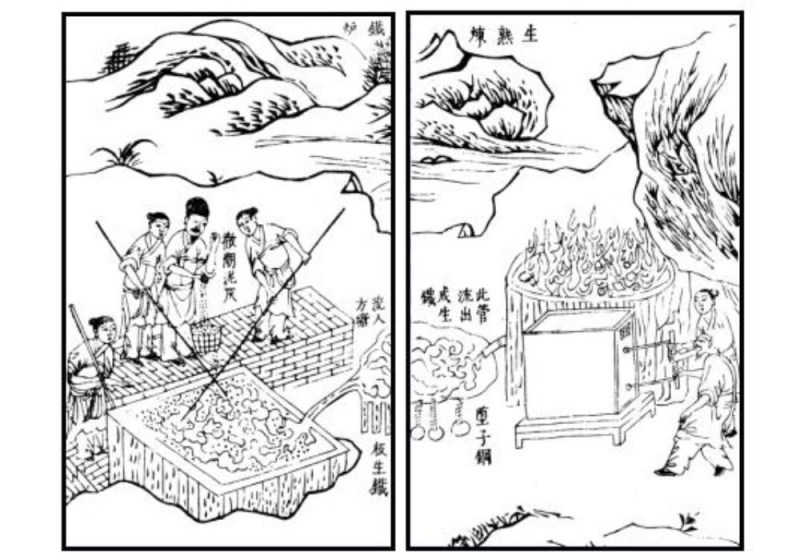
Photo: www.tf.uni-kiel.de 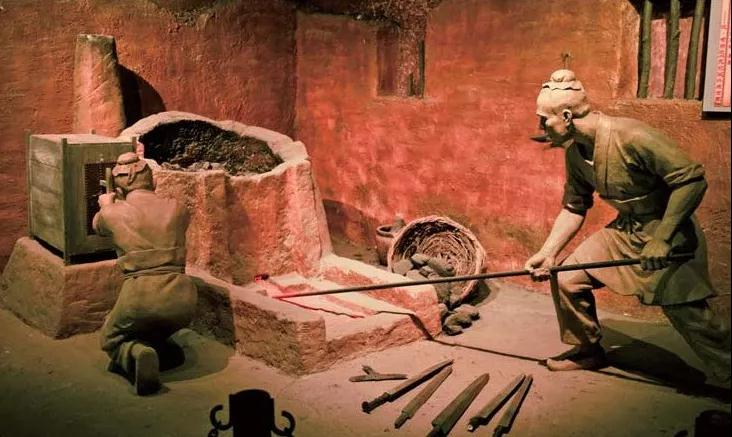
Photo: inf.news -
Wheelbarrows were used in ancient China during the Han era, as shown by murals and reliefs found in Hui's brick tomb. However, it is possible to attribute the development of the wheelbarrow to Shu Han's prime minister Zhuge Liang (181–234 AD), who lived between 197 and 234 AD. To transport military equipment and remove wounded and deceased soldiers from the field of battle, Liang invented the wheelbarrow.
The front-wheeled wheelbarrow and the wheelbarrow with a wheel mounted in the middle were the two most prevalent varieties. Because the weight was well divided across the wheels and pullers in the centrally placed design, it didn't take much effort to move the wheelbarrow. Because of how convenient they were to use, builders, soldiers, traders, and farmers were the principal users of these wheelbarrows. Chinese wheelbarrows first appear in drawings from the Han dynasty, which date to around 100 CE. The operator carried about half the weight of these wheelbarrows, which featured a single wheel at the front of the load.
The barrow did not arrive in Europe until the period between 1170 and 1250. At this time, it served a purpose that is more familiar to us today in agriculture: transporting and assisting in the distribution of fertilizer. This was owing to the efficient ease of load at a time when farming was a major industry in Europe and the UK.
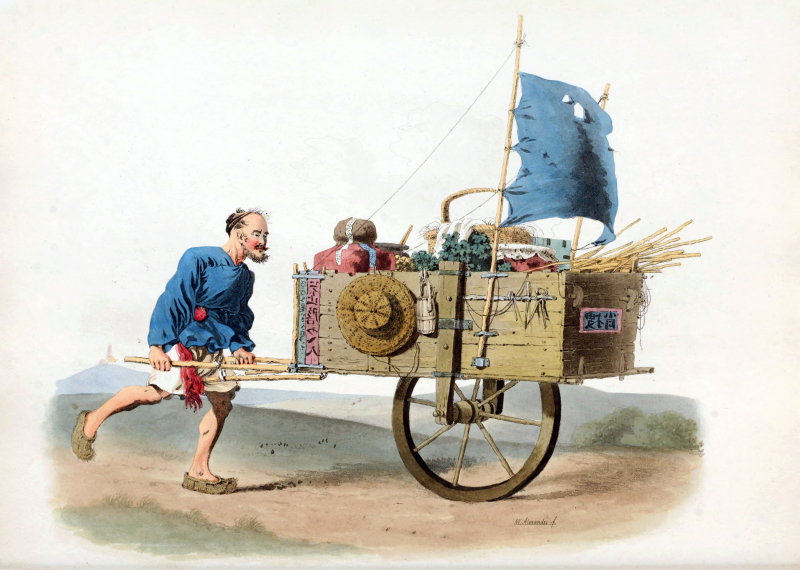
Photo: Lowimpact.org 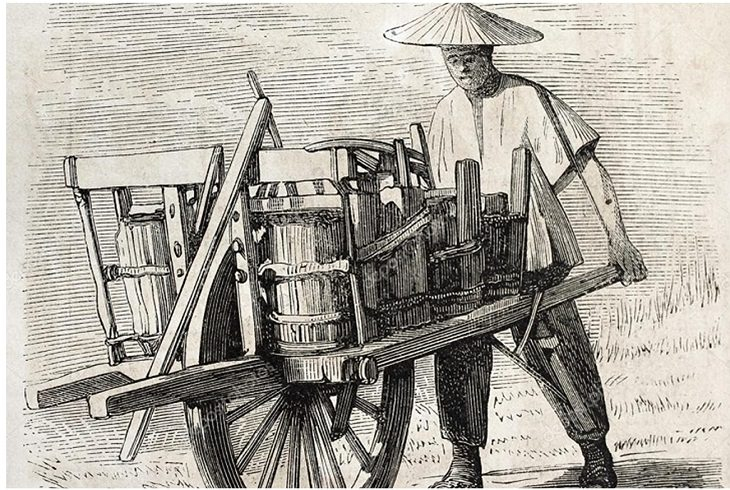
Photo: BabaMail -
The earliest seismograph, dubbed "Houfeng Didong," was created in 132 AD by Han dynasty inventor Zhang Heng (78–139 AD) to track earth motions and seasonal winds. The seismograph was a copper device in the shape of an urn that had a pendulum in the middle.
A sizable "fine cast bronze" vessel with a lid served as the seismograph. Eight dragons' heads are evenly distributed all around the vessel, pointing in the eight directions (east, south, west, north, southeast, northeast, southwest, and northwest) while holding bronze balls in their mouths. Eight similar bronze toads with gaping jaws were arranged around the vessel's base. If pushed or "shaken," the ball would fall into the toad's mouth that it corresponded to. During an earthquake, the dragon's mouth that was closest to the epicenter opened, letting the ball fall into the frog's mouth, making a sound. This informs people of the earthquake's direction.
Therefore, it was important to be aware of when a calamity struck a certain location. A government might not have had enough time to gather troops and prepare aid by the time the news reached the palace. As a result, Zhang Heng (AD 78–139), a Chinese physicist, mathematician, and inventor, created the seismograph, which is still used today to measure earthquakes.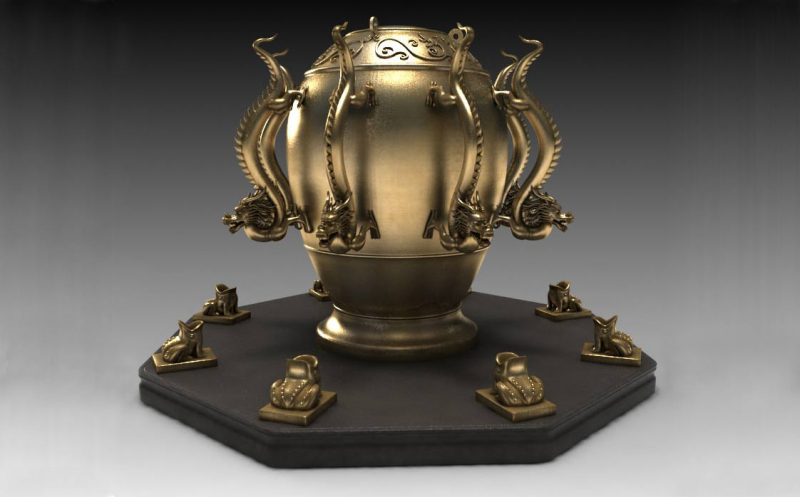
Photo: Ancient Origins 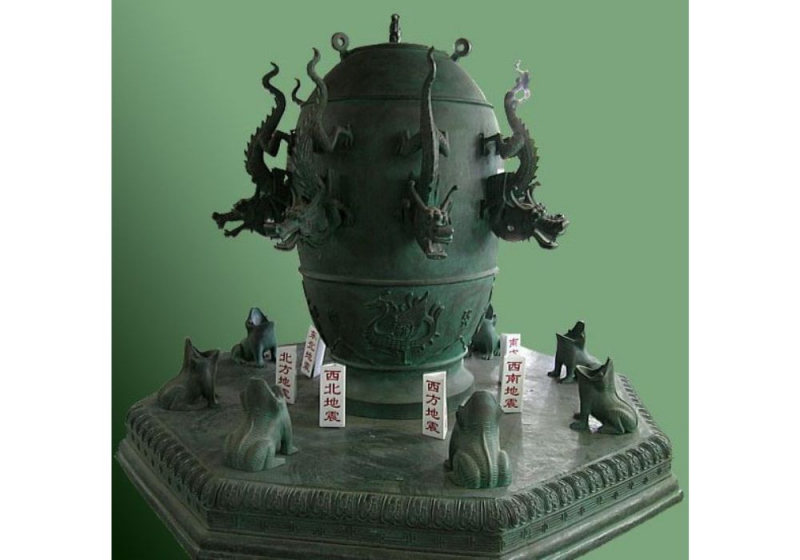
Photo: Ancient History Lists -
During the Northern Song dynasty, Bi Sheng (990–1051) created moveable clay type printing, which led to a significant change in printing history (960-1127). There were four steps involved in printing: setting up the types, writing the text, printing, and removing the movable types. Later, in 1298, during the Yuan dynasty, Wang Zhen reinvented it.
He used more than 30,000 wooden moveable types to create 100 copies of the Nong Shu, often known as the Book of Agriculture. Over 60,000 Chinese characters make up the book. In the 12th century, the Jin (1115–1234) and Southern Song (1127–1279) dynasties developed metal movable type printing. It was used to print money and was mostly made of bronze.
On bits of clay, he first carved the individual characters, hardening them with fire thereafter. In order to print a page, these movable type components were afterwards adhered to an iron plate, then disassembled and disseminated to print a second page. Prior to the Renaissance, this type of printing technology spread widely over Europe and later the entire world.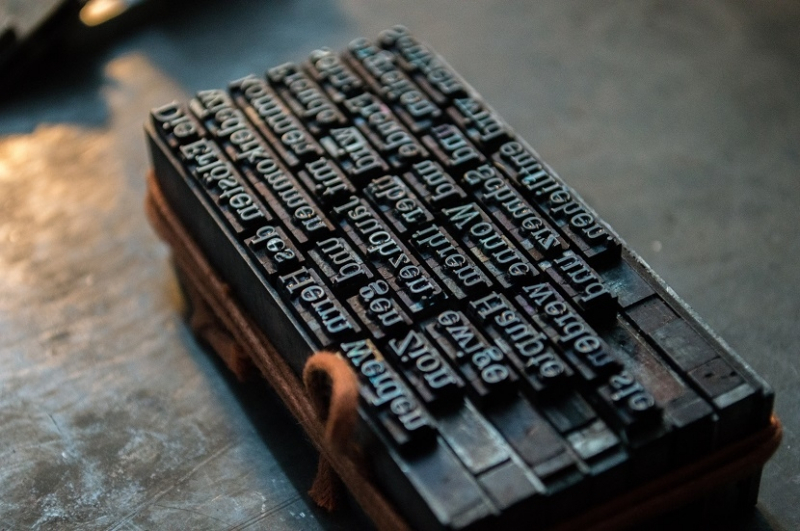
Photo: Colour Print 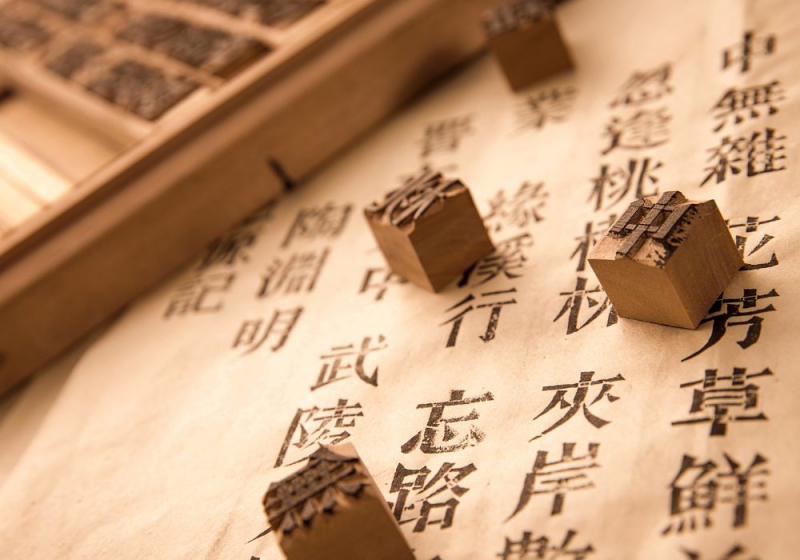
Photo: CGTN










